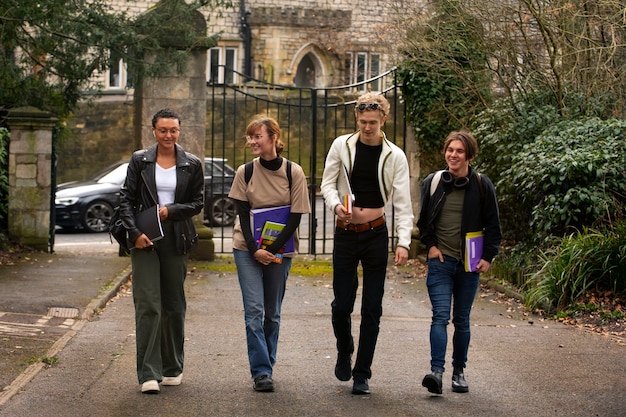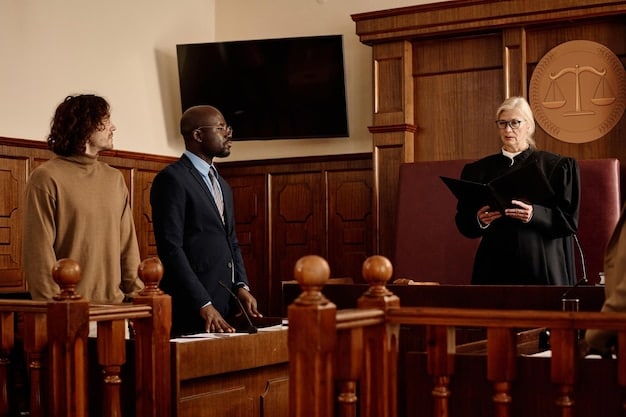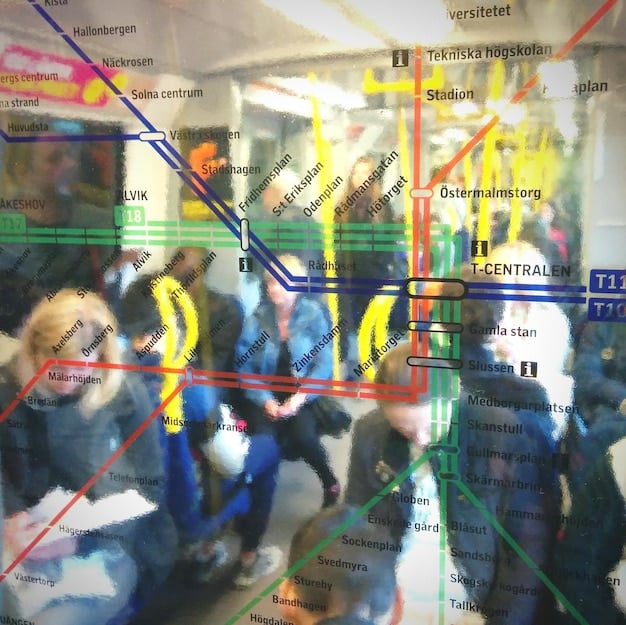Affirmative Action in 2025: Reshaping US Universities Post-Supreme Court

How will the 2025 Supreme Court Decisions on Affirmative Action Reshape American Universities? By potentially altering admissions policies, impacting campus diversity, and influencing academic outcomes for underrepresented groups, the decisions are set to reshape the landscape of higher education in the United States.
The Supreme Court’s 2023 decision to end affirmative action in college admissions sent shockwaves through higher education. As we look toward 2025, the question on everyone’s mind is: How Will the 2025 Supreme Court Decisions on Affirmative Action Reshape American Universities? This article explores the anticipated impacts on diversity, admissions policies, and the overall academic environment.
Understanding the Supreme Court’s Affirmative Action Ruling
The Supreme Court’s decision to end affirmative action marked a significant shift in the legal landscape of college admissions. To understand the potential impact in 2025, it’s crucial to grasp the nuances of the ruling and its rationale.
The core argument against affirmative action centered on the Equal Protection Clause of the Fourteenth Amendment, which prohibits discrimination based on race. The Court found that the affirmative action policies of Harvard and the University of North Carolina, which were at the center of the lawsuits, violated this clause.
Key Aspects of the Supreme Court Decision
The ruling didn’t explicitly prohibit colleges from considering how race has affected an applicant’s life, but it restricted the use of race as a determining factor in admissions decisions. This distinction is critical.
- End of Explicit Racial Preferences: Colleges can’t use race as a direct “plus factor” in admissions.
- Consideration of Individual Experiences: Applicants can still discuss how race has affected their lives in essays, but these experiences must be tied to a quality or characteristic the student can contribute to the university.
- Focus on Merit: The Court emphasized merit-based admissions, signaling a possible shift towards standardized test scores and academic achievements.
The long-term implications of this decision are far-reaching, affecting not only the racial composition of universities but also the strategies institutions employ to achieve diversity.

The Immediate Impact on University Admissions Policies
In the wake of the Supreme Court’s ruling, universities across the United States are scrambling to revise their admissions policies. These changes are essential to comply with the new legal requirements while still attempting to maintain diverse student bodies.
Many institutions are exploring alternative methods to promote diversity, such as focusing on socioeconomic factors, targeting recruitment efforts at underrepresented high schools, and revising essay prompts to encourage applicants to share their unique backgrounds and perspectives.
Strategies for Maintaining Diversity
Universities are implementing various strategies to ensure a diverse student body without explicitly considering race.
Some strategies include:
- Socioeconomic Status: Prioritizing applicants from low-income backgrounds, regardless of race.
- Targeted Recruitment: Actively recruiting students from underrepresented high schools and communities.
- Holistic Review: Evaluating applicants based on a wide range of factors, including extracurricular activities, leadership skills, and personal essays.
However, these strategies face challenges. Some argue that socioeconomic preferences may not fully address racial disparities, and holistic reviews can be subjective and difficult to implement fairly.
The short-term effects of these changes are already visible, with some institutions reporting a decrease in applications from underrepresented minority groups. Universities are working to counteract this trend by increasing outreach and support programs.
Projecting Diversity Trends in 2025 and Beyond
Predicting the exact demographic composition of university student bodies in 2025 is challenging. However, by analyzing early data and considering the potential consequences of alternative admissions strategies, we can make informed projections.
Some experts predict that there will be a decline in the enrollment of Black and Hispanic students at elite universities. Others suggest that the impact may be less severe if institutions effectively implement alternative strategies to promote diversity.
Potential Outcomes for Underrepresented Groups
The ruling could have a disproportionate impact on certain racial and ethnic groups.
Here are possible scenarios:
- Decline in Black and Hispanic Enrollment: The elimination of affirmative action could lead to a significant decrease in the number of Black and Hispanic students at top universities.
- Increased Competition: Students from underrepresented groups may face increased competition for admission, particularly at selective institutions.
- Shift in Enrollment Patterns: Some students may choose to attend less competitive universities or community colleges.
These trends have broader implications for social mobility and equal opportunity. Ensuring that all students have access to high-quality education is crucial for a fair and just society.

The Role of Standardized Testing and Merit-Based Admissions
With the restrictions on affirmative action, there’s renewed emphasis on standardized testing and merit-based admissions. This shift raises questions about fairness and access to higher education.
Proponents of merit-based admissions argue that standardized tests provide an objective measure of academic ability. However, critics point out that test scores often reflect socioeconomic advantages, as wealthier students have access to better test preparation resources.
Arguments For and Against Standardized Testing
There are valid points of view on both sides of this debate.
Consider these arguments:
- Pro: Objectivity: Standardized tests provide a consistent and objective way to evaluate applicants from diverse backgrounds.
- Pro: Meritocracy: Merit-based admissions reward hard work and academic achievement.
- Con: Socioeconomic Bias: Test scores are often correlated with family income, perpetuating inequality.
- Con: Limited Assessment: Standardized tests don’t measure critical thinking, creativity, or other important qualities.
Given these issues, many universities are adopting test-optional or test-blind policies. This means that applicants can choose not to submit test scores, or that the admissions committee won’t consider them at all. The effectiveness of these policies remains to be seen.
Legal Challenges and Future Interpretations
The Supreme Court’s decision on affirmative action is unlikely to be the final word on the matter. There will likely be legal challenges and ongoing debates about how the ruling should be interpreted and applied.
One potential area of contention is the definition of “individual experiences” related to race. How much can applicants discuss their racial background in essays without violating the prohibition on considering race as a determining factor? This question could be litigated in future cases.
Possible Legal Scenarios
The legal battles surrounding affirmative action are far from over.
Here are some possibilities:
- Challenges to Alternative Strategies: Opponents of affirmative action may challenge policies that indirectly promote diversity, such as socioeconomic preferences or targeted recruitment efforts.
- Clarification of “Individual Experiences”: Courts may need to clarify the extent to which applicants can discuss their racial background in admissions essays.
- State-Level Bans: Some states may pass laws banning affirmative action in public universities.
These legal challenges could reshape the landscape of college admissions once again. Universities need to stay informed and be prepared to adapt to evolving legal requirements.
Preparing for a Different Admissions Landscape
The changing landscape of college admissions requires students and families to be proactive and strategic. As affirmative action policies are reshaped by the 2025 Supreme Court Decisions, understanding these new dynamics is more critical than ever.
High school students should focus on developing a well-rounded profile that showcases their academic achievements, extracurricular activities, and personal qualities. Strong writing skills are essential for crafting compelling essays that highlight individual experiences and perspectives.
| Key Point | Brief Description |
|---|---|
| ⚖️ Supreme Court Ruling | Ended affirmative action, citing the Equal Protection Clause. |
| 🎯 University Strategies | Focus on socioeconomic factors and targeted recruitment efforts. |
| 📉 Diversity Trends | Potential decline in Black and Hispanic enrollment at elite universities. |
| 📝 Merit-Based Admissions | Renewed emphasis on standardized testing and academic achievements. |
Frequently Asked Questions
▼
The Supreme Court ruled against affirmative action, stating that race cannot be a determining factor in college admissions, citing the Equal Protection Clause of the Fourteenth Amendment.
▼
Universities are exploring alternative strategies to promote diversity, such as focusing on socioeconomic factors, targeting recruitment efforts, and implementing holistic review processes.
▼
There is concern that the ruling could lead to a decline in the enrollment of Black and Hispanic students at top universities and increased competition for admission.
▼
With the restrictions on affirmative action, there’s renewed emphasis on standardized testing and merit-based admissions, although many universities are adopting test-optional policies.
▼
Legal challenges may arise regarding alternative strategies for promoting diversity and the interpretation of “individual experiences” related to race in admissions essays.
Conclusion
The 2025 Supreme Court Decisions on Affirmative Action Reshape American Universities as institutions adapt to a new legal landscape. The focus is now on socioeconomic factors, holistic reviews, and individual experiences, while the long-term effects of these changes remain to be seen.





